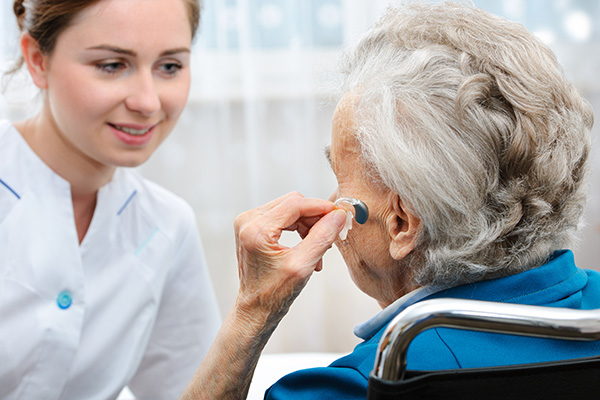
What to Expect at Your Hearing Aid Fitting
Hearing aid fittings take place about two weeks after you have ordered your hearing aids. Before your hearing aid fitting, your hearing will be tested, and the right type of hearing aid will be decided upon for you. You will discuss different aspects of the hearing aid and your particular needs with your audiologist. For instance, they may ask you about the typical environments that you find yourself in. Obviously, someone who works in loud environments will have different needs compared to an individual who mainly stays at home. But what happens after at a hearing aid fitting? Well, there are a few different aspects of your hearing aid fitting that you may be interested in.
Real-ear measures
One of the most important parts of the hearing aid fitting will be a real-ear measure. This checks whether the hearing aids that you have ordered will provide the correct amplification level. This will essentially measure how loud sounds are in the canal of your ear.
To do this, a narrow tube will be threaded into your ear canal. That tube is connected to a microphone. This will then be used to test the level of noise near your eardrum without the use or a hearing device like the hearing aid.
Placing your hearing aid
The next step is to place your hearing aid in your ear. At this stage, the tube down your ear canal is not removed. Instead, it stays there, and the level of noise is tested again once the hearing aid is switched on. This is simple to make sure that the hearing aid is working effectively.
You’ll usually find that sound is played at different volumes to ensure that the hearing aid does pick it all up. Essentially, softer sounds should be increased to make sure that you can hear them. While louder sounds should be reduced to a lower volume to make sure that they are maintained at a regular, comfortable level.
A chance for questions
You will have a chance to ask questions at your hearing aid fitting. If this matter is not brought up, feel free to let your audiologist know that you do have questions or that there are ears you are unsure of. This is the best chance you have to make sure you know how your hearing aids work and the issues that you may experience.
Trying tasks
Lastly, you will be asked to complete regular activities that are part of using hearing aids. For instance, you might be shown how to change the batteries. This can be a tad difficult because the device is so small and compact so you want to make sure you can do this without damaging the device. The audiologist may also instruct you on how to clean your device so that you can avoid hearing aid repairs. They are delicate devices and should always be handled with care.

